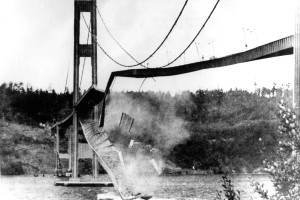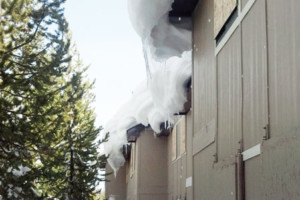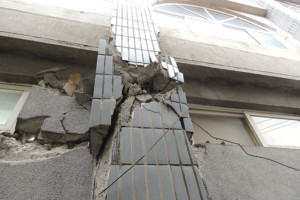I would like to discuss the idea of “big” structures and explore some interesting facts about these landmark structures that have defined the egocentric ambitions of countries, rulers, and people. …
Review Category : Structural Forum
For centuries, engineers have come up with great new ideas and leveraged them to build stronger, better, lighter, longer, taller, and more beautiful bridges.
Throughout history, some design and procedural innovations have gone wrong, leading to serious structural problems, failures, collapses, and even deaths. Many bridges that seemed like great ideas on the drawing board and in the planning process failed during construction or soon thereafter. This article examines engineering and design concepts, and construction procedures, that led to these problems. …
What is your firm’s greatest asset? Your client’s trust? Your firm’s branding? Or could it be the sum abilities of your staff? If staff ability even ranks in your top three, then developing staff and utilizing their talent effectively is crucial for success. A key way to do this is to empower them. …
The start of a career as a young engineer is a continual information overload. The facts to remember and considerations to take when making design decisions are overwhelming. Keeping up with tight deadlines leaves little extra time to spend understanding the process and building confidence in making decisions. Brand new engineers lack the basis to distinguish which design checks are necessary, which are extraneous, and how to be efficient in calculations and designs. …
The public generally takes the safety of the structures around them for granted, and for good reason. A landmark study by Robert E. Melchers in 1987 compared the annual risk of death due to a variety of activities. He found that smoking is a high-risk activity, with about 1,000 deaths/million smokers/year. Automobile travel is a moderate-risk activity, with about 210 deaths/million motorists/year. Swimming is similar, with about 175 deaths/million swimmers/year. …
A Long Overdue Wake-up Call
I have been watching, with some interest as the recent drama unfolded, the effort to block the adoption of the American Society of Civil Engineers’ ASCE 7-16 into the 2018 International Building Code (IBC). I was particularly amused to see the way that the structural engineering community has rallied in defense of a standard that they openly despise. If you get more than two structural engineers in a room, it is only a matter of time before they start complaining about the latest edition of ASCE 7 and the misery that it has brought to their practice. …
A Rebuttal
Jim DeStefano raises many good points as to the complexity of the building codes in general and the ASCE 7 standard in particular. I have made these same arguments many times over the years, in this same magazine and other venues. However, the challenges to adoption of ASCE 7-16 had nothing to do with code complexity or changes in design procedures. …
In recent years, the term “resilience” has become a buzzword used by interest groups to demonstrate how products fit into efforts to adapt the built environment to expected changes in weather patterns, increases in storm frequency, and other natural disasters. Historically, engineers have used the term to define the structural performance of buildings under extreme conditions, but today it is used by a much broader group of stakeholders that are interested in proper preparation, response, and recovery. …
I recently asked a group of about 20 structural engineers in Pittsburgh if they thought that structural engineers have any role in addressing energy code requirements. Less than half of them responded affirmatively – this was apparently the first time that many of them had considered such a notion! So we explored the topic further. …
Natural disasters devastate communities, destroy structures, halt livelihoods, and take lives. With each event, engineers aim to improve our practices to lessen the impact of future incidents. Reconnaissance trips following natural or manmade disasters can provide a valuable education. As a young engineer, I have had the opportunity to work in three areas following natural disasters, exposing me to collaboration among disciplines, foreign codes and practices, new research, damage to structures at full scale, and the consequences of our designs. …





